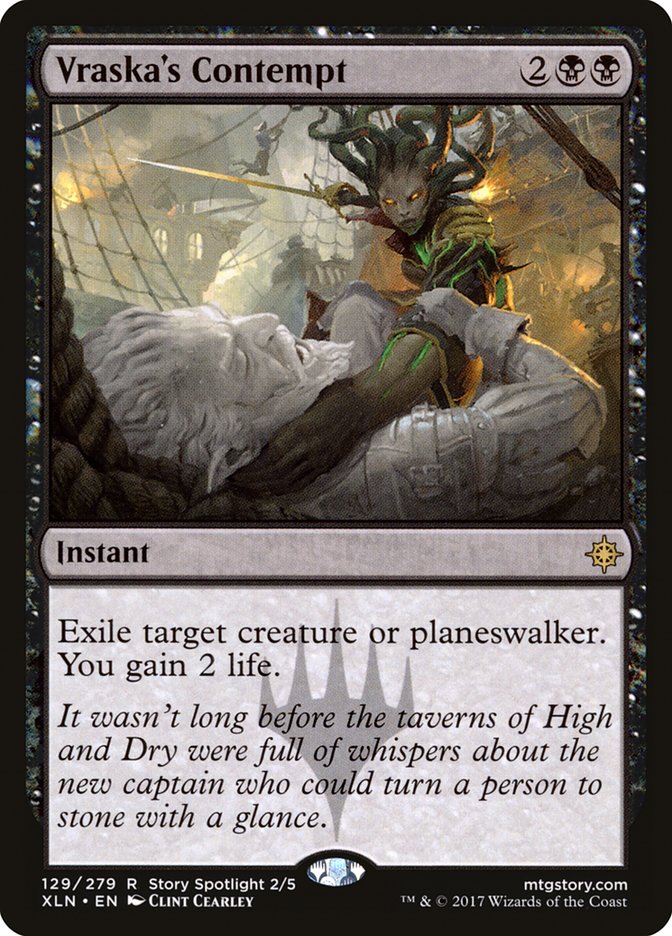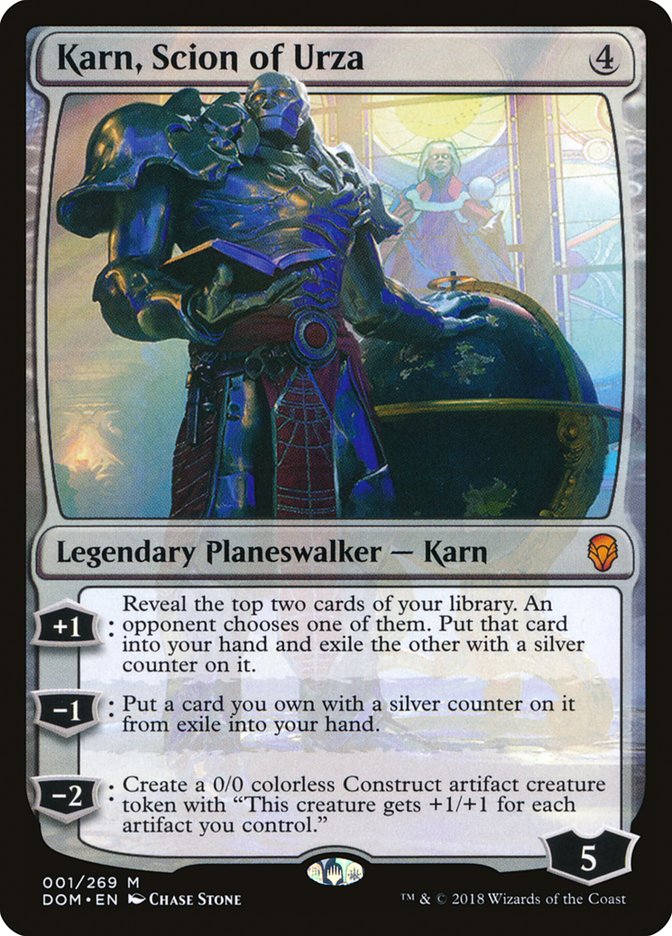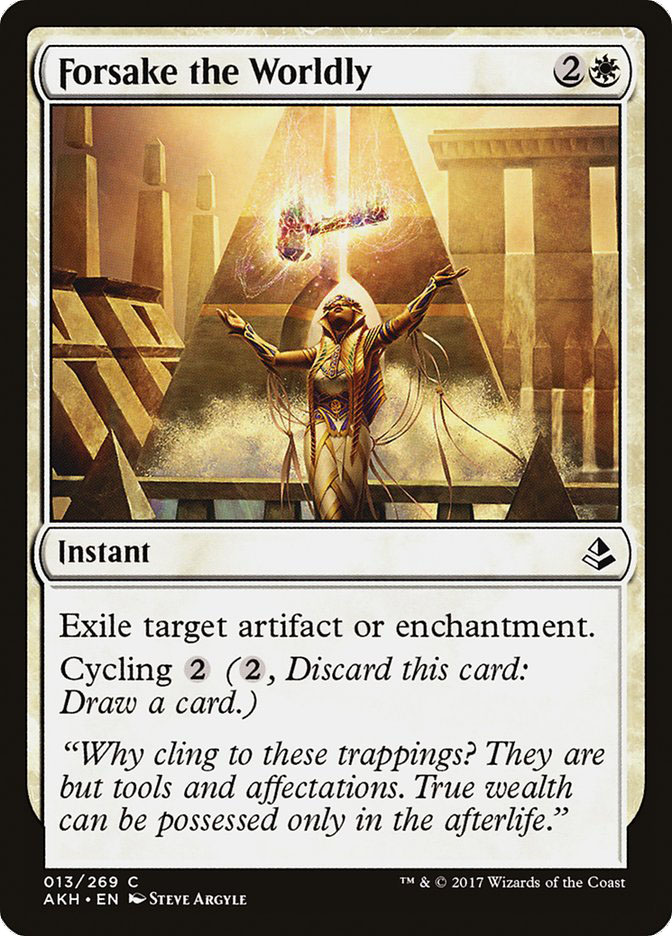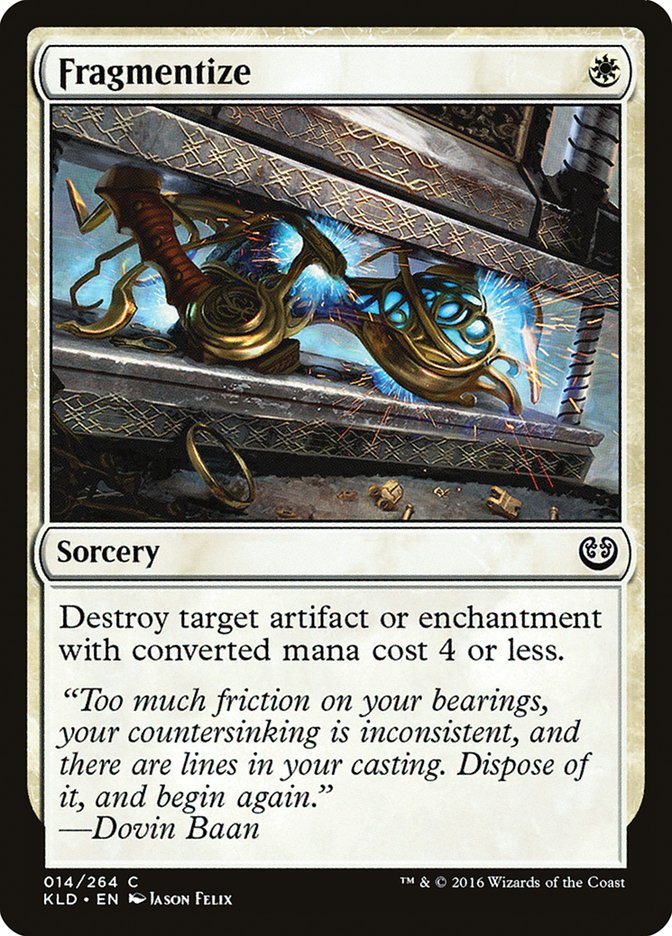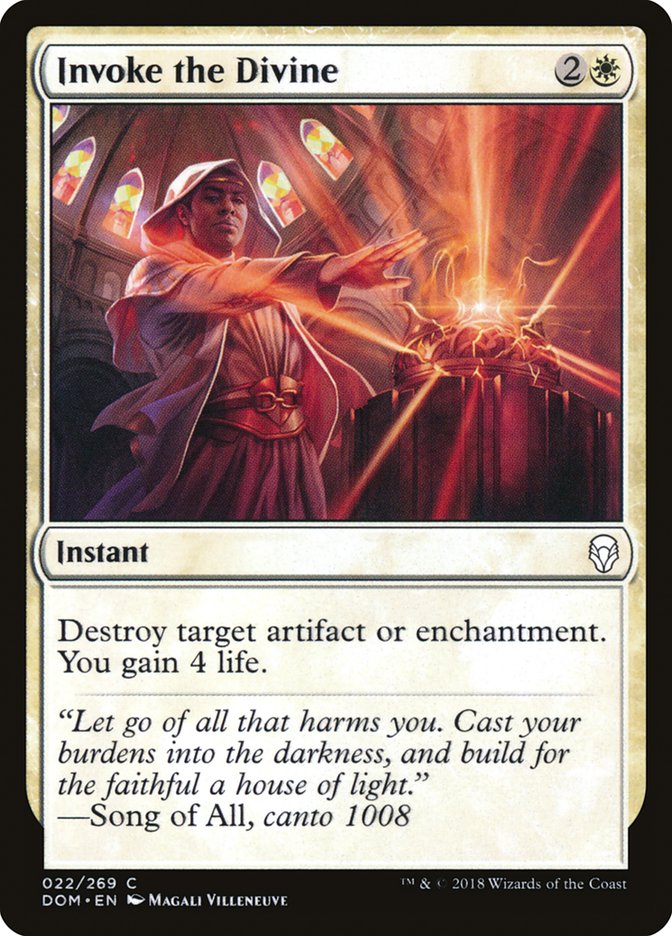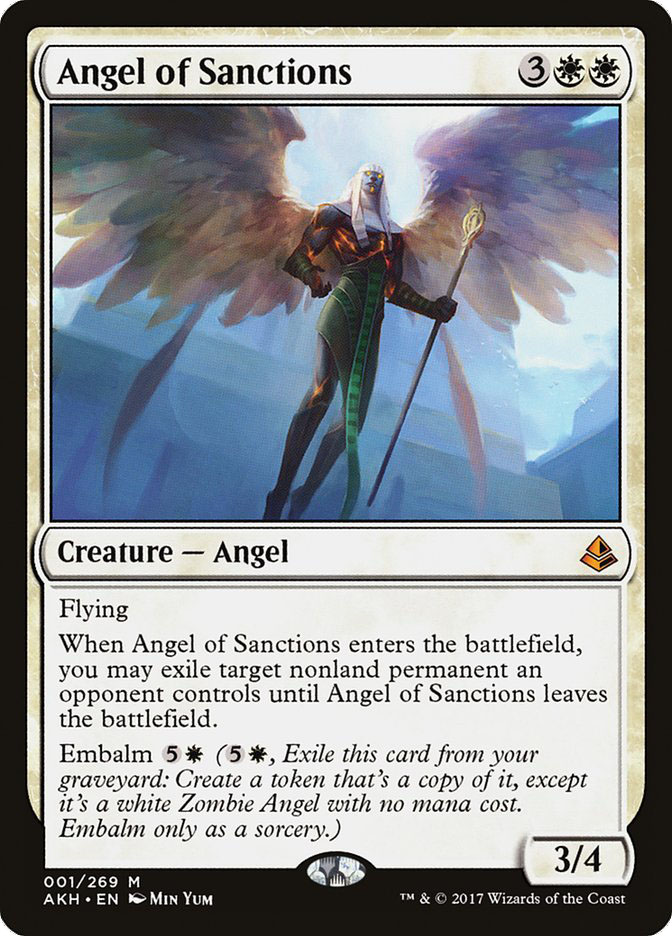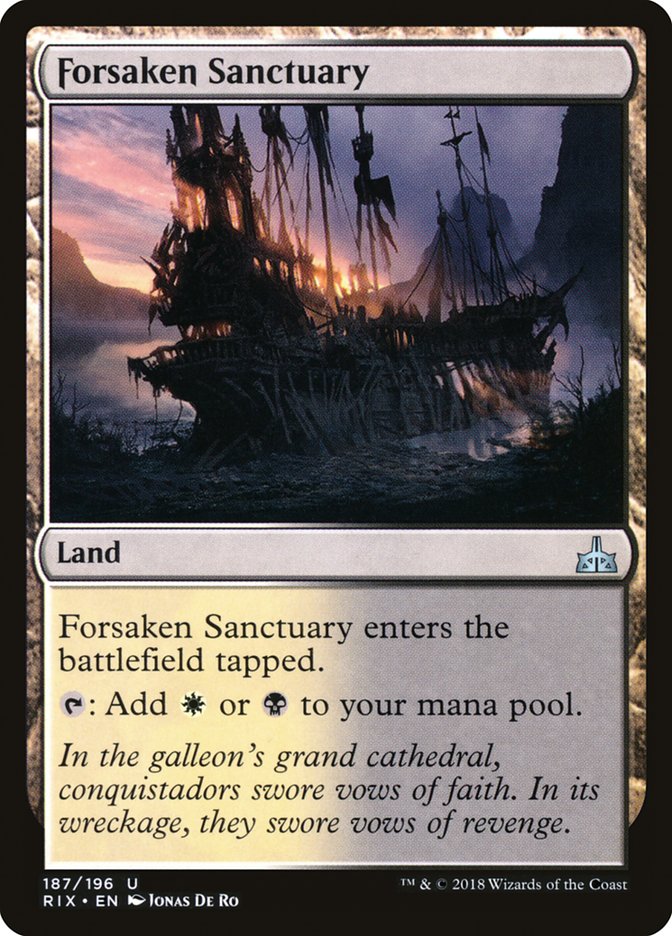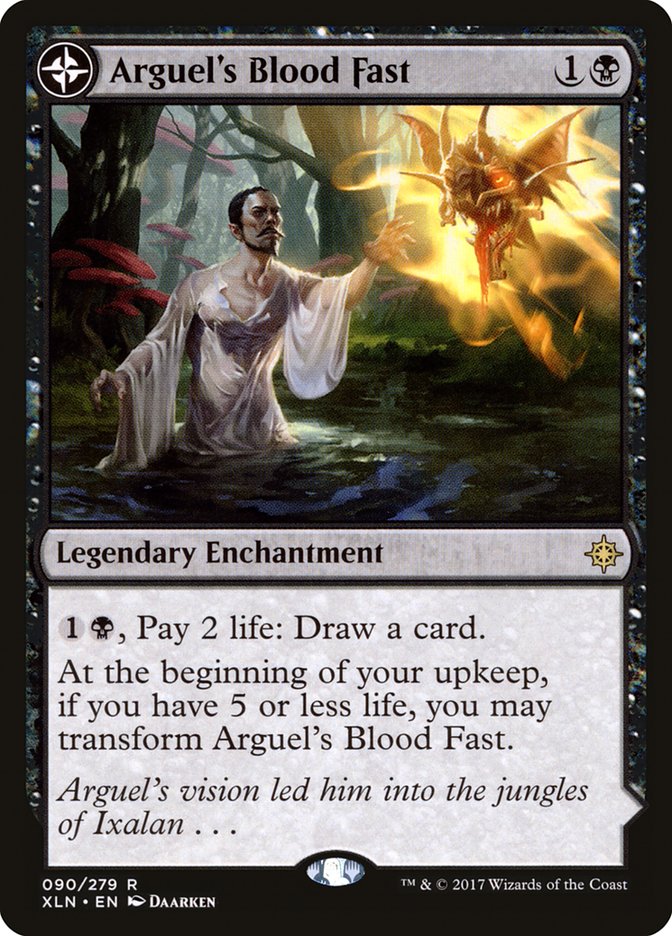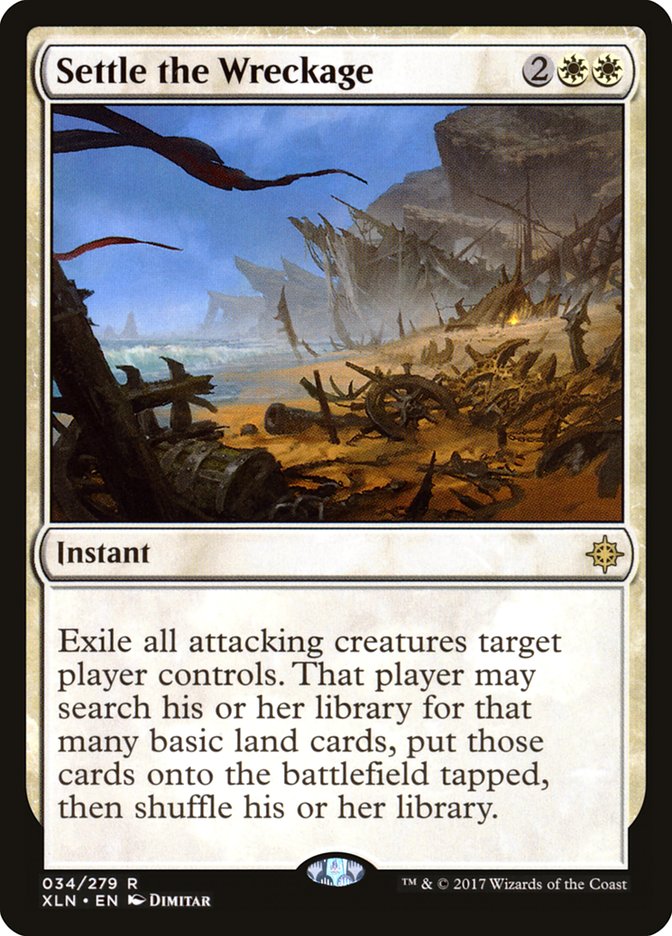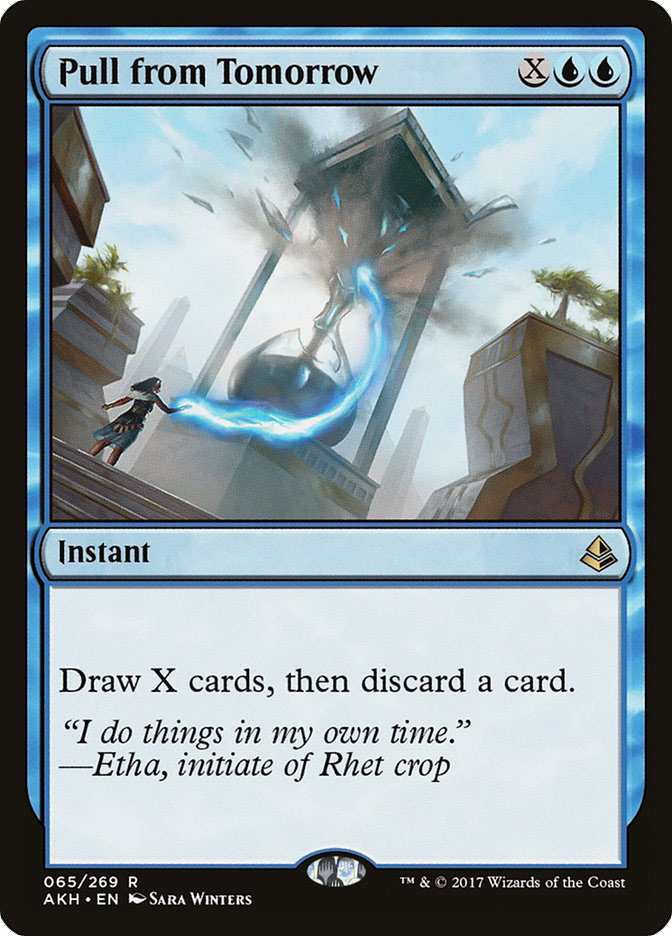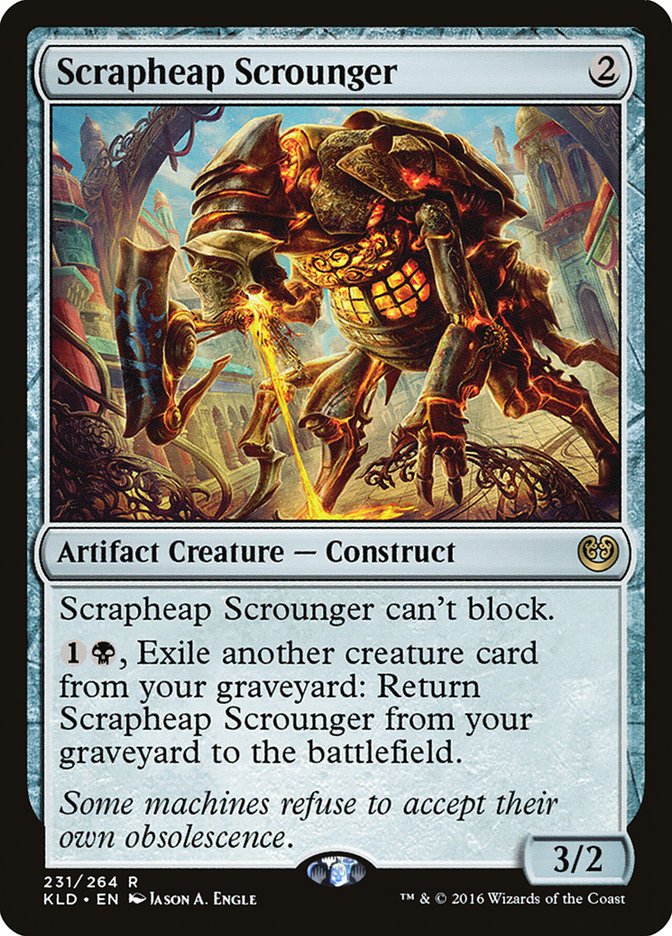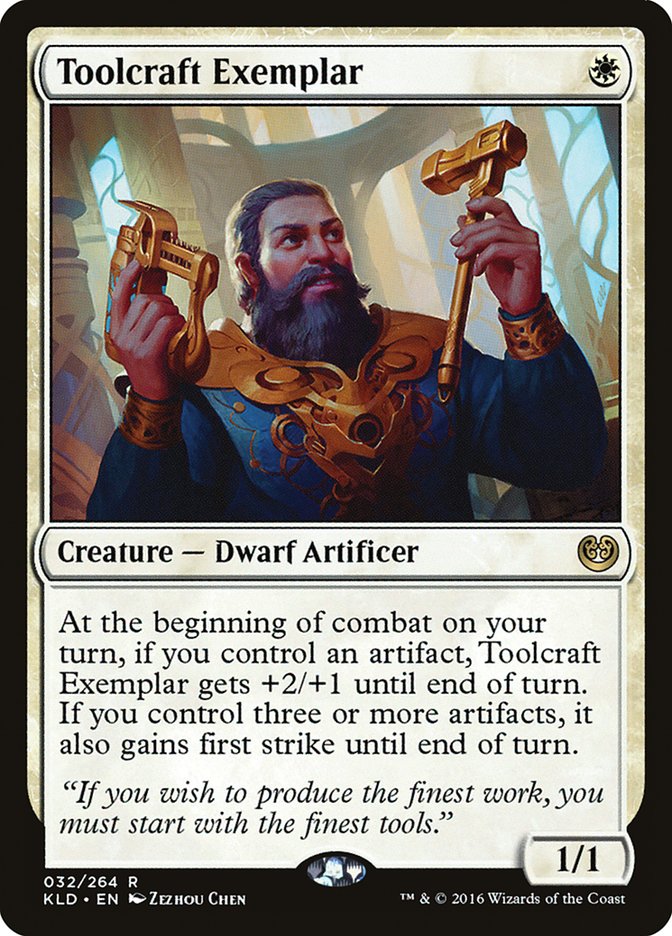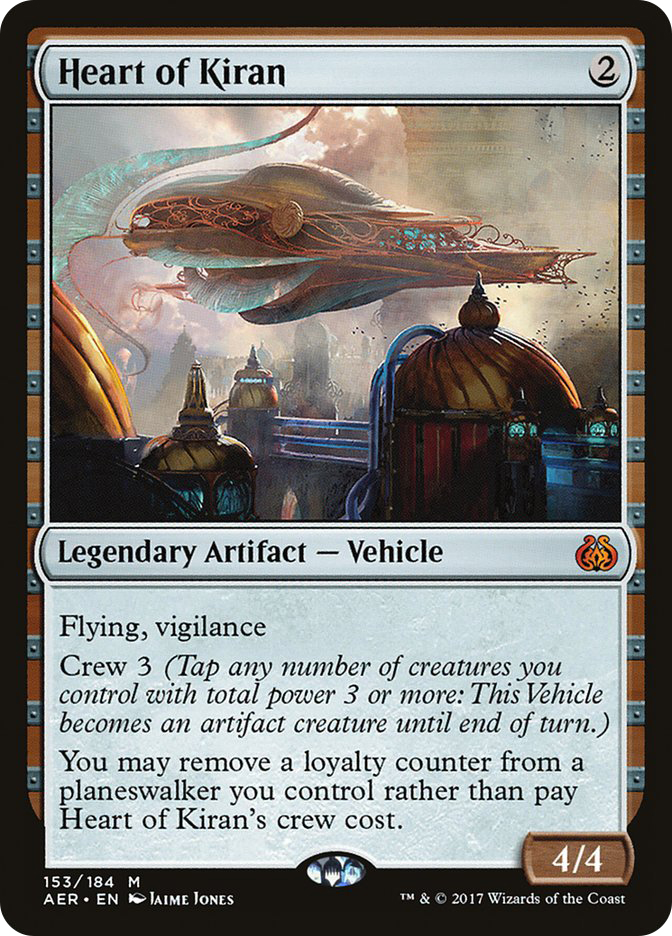Grand Prix Birmingham was a wild ride.
I had Flashback to ancient tournaments where technology would be whispered
about in the event halls, and no one ever had an idea of whether it was
real or not. With Magic discussion largely moving to the internet and being
free to most, that age is mostly behind us. Yet, there I was.
“I think R/B Aggro is good.”
“Yeah, I’m playing R/B Aggro. It’s the best deck!”
“Yo, did you figure out that you’re supposed to cut the Bomat Couriers yet?
They’re a liability in the mirror.”
Two days! The entire format shifted in a matter of two days. It even
evolved to the point where everyone was worried about the mirror. How did
this happen? I think it’s impossible to blame one man, especially
considering how divergent the various decklists were, but hey, this tweet
was a thing.
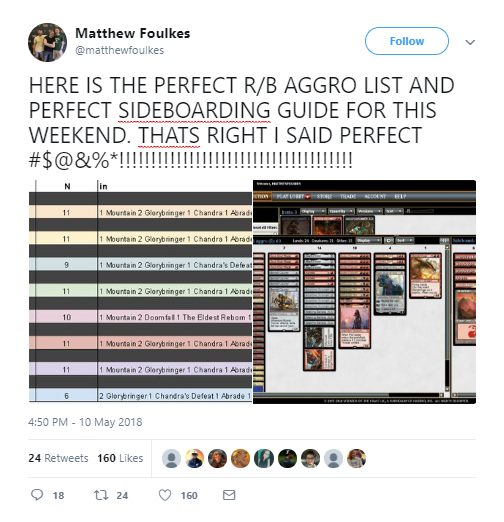
Maybe Matt has a larger impact on Standard than I realize or maybe
hyperbolic tweets about an unknown and untested format tend to do work.
Maybe everyone that came to the conclusion that R/B is great were right and
Matt’s tweet had little to do with it.
Why I Played W/B Aggro
We’re now living in a format where Goblin Chainwhirler is everywhere, so
you need a good reason to put a one-toughness creature in your deck. Given
that R/B Aggro is simply a deck and not far and away the best deck in the
format, the format will shift. Still, R/B is a tough nut to crack, so I
doubt it will shift overnight like it did multiple times last week.
A hateful version of U/W Control could do the trick, as could G/B
Constrictor once you cut the Glint-Sleeve Siphoners. Bristling Hydra and
Carnage Tyrant are issues for R/B as long as they aren’t playing too many
Doomfalls.
History of Benalia and Gideon of the Trials can be nightmares as well. In
the end, I sat down with my buddy Varo and hammered out a W/B list. It
seemed like we could have the same game plan as them while also being
better in the pseudo-mirror because of our powerful white cards and
excellent removal.
We more or less ended up on this:
Creatures (16)
Planeswalkers (6)
Lands (24)
Spells (14)

TBS decided to play a Gonti, Lord of Luxury in the sideboard over my fourth
copy of Duress, but other than that, we played the same deck. His 28th
place finish looks mediocre, but he actually lost playing for Top 8 with a
11-1-2 record.
I went 5-0 into 5-3, one of which I lost because I made a million mistakes.
Despite our best efforts, the R/B matchup is close and we could have done
better.
The Vraska’s Contempts were likely an ill-advised way to fight those who
were ready for our Cast Outs with Disenchant effects. Dipping into heavier black
requirements isn’t free, and while the two life is nice, it’s often not
worth it. You smash control already and your matchup against green aggro
decks isn’t going to hinge on them blowing up a single Cast Out.
Only playing three Karns is a mistake in this deck. There are games where
you can safely -2 Karn and know you are going to win the game and your
opponent has no outs. There are also some matchups like God-Pharaoh’s Gift
where you don’t have much of a choice other than to be aggressive. Other
than that, Karn is mostly going to draw you a land every turn, but that’s
excellent! Decks like these need the Nissa, Vastwood Seers of the
Multiverse to provide card advantage and help them hit land drops, and Karn
does just that.
Fragmentize is a tool I like using against decks with Bomat Courier and
Heart of Kiran. However, not only could I expect most opponents to
sideboard Bomat Courier out, many didn’t even play them in the first place!
Playing Forsake the Worldly in your sideboard doesn’t make much sense,
since if you’re sideboarding in a Disenchant effect, presumably you’ll want to use
it at some point. Surely there are situations where you would cycle it, but
they’d be few and far between. The exile clause matters to some degree, but
Invoke the Divine still seems superior.
These decks are weak to God-Pharaoh’s Gift to some degree, so having that
blind spot was ill-advised. I expected most of them to be on Gate to the
Afterlife variants, but oddly enough it was U/W with Refurbish that was the
most popular. Fragmentize probably has to go. Also on that note, Scavenger
Grounds might have to make a comeback.
Angel of Sanctions versus Lyra Dawnbringer is an interesting debate. Both
are potentially great, although Angel of Sanctions is mostly better against
Unlicensed Disintegration. It seemed like Angel of Sanctions could come
down, eat a threat, eat a removal spell, and deal with that threat almost
permanently after embalming.
Honestly, I think I played with Angel of Sanctions poorly in a couple spots
and that cost me. If she were the training wheels version like Lyra, I may
have been more successful. Drawing a mix might be better anyway, so it’s
possible you should play both.
One of the main mistakes I made was playing Forsaken Sanctuary. If you
maindeck 24 lands and sideboard a 25th for when you sideboard out your
one-drops, make sure it’s a land that enters the battlefield untapped. Ben
Seck was the one who imparted that technology to me late into Day 2, and I
agree with his assessment completely.
Arguel’s Blood Fast is game over against any sort of control deck,
especially if you have a Disenchant effect to free it up from Cast Out. Sometimes
it ends up being great in the midrange mirrors, but there are other times
where the opposing pressure is too much. You don’t exactly get a ton of
time against Chandra, Rekindling Phoenix, and Glorybringer.
How to best transition into control is tricky. Fumigate is what you want
against the green decks, whereas Settle the Wreckage is what you want
against Mono-Red Aggro. Settle the Wreckage should be fine against green
decks, but their threats are so large that they never have to play into it.
If you could consolidate sideboard space, that would be ideal, and the best
way to do that seems to be by playing a pair of Fumigates and a pile of
spot removal.
For specifics on how to play the deck, you should listen to my
podcast
. Bryan and I go pretty deep on the deck there, but I’ll be expanding on
some of those ideas here.
I’ll be honest — W/B Aggro isn’t necessarily the absolute best deck to
play at the moment. It has an excellent matchup against U/W Control
(creatures or no), but from my experience, the R/B matchup is close. As the
format shifts, I expect W/B will get better and better.
Most of the lessons here can be found in the old series of
articles
I wrote about G/W Tokens, so I’m going to repeat myself a couple of times,
but there’s also more to add. After all, I’ve learned a lot since then. W/B
“Aggro” is kind of a bad moniker for this deck, but I’m not about to fight
Cedric on what to call it
[CEDitor’s Note: Why are we calling decks with three vehicles X/Y
Vehicles?! I mean cmon!]
. Midrange might be more suitable, but realistically, we don’t have a term
for what this deck does, despite there being several precursors.
I started calling G/W Tokens “Craw-Blade” because it bore a passing
resemblance to the format Standard monster. It didn’t have anything close
to Jace, the Mind Sculptor or Stoneforge Mystic, but it did have a
multifaceted game plan that made it difficult to play against and sideboard
against. Both R/B and W/B do an excellent job of carrying the torch for the
macro archetype of “deck that is aggressive but uses it as a form of
misdirection in order to further its longer game plan.”
Since that’s a huge mouthful, Michael Majors has taken to calling these
decks ”
traction
” decks, such as the G/B Traction he used to win the Team Modern Super
League or the G/W Huatli Brawl deck he
wrote
about on the Mothership. I’m actually fine with the “traction” moniker
going forward, but we’ll see if it, uh… catches on [CEDitor’s Note: It’s better than W/B A Few Vehicles].
Control Through Aggression
As I mentioned earlier, these “aggro” decks that sideboard into midrange
use aggression as a tool to control their opponents. By putting pressure on
your opponent in the early game, you are forcing all but the most
aggressive of opponents to react to you. This will put them on the backfoot
early, draw out their removal, and make them unable to carry out their own
game plan.
By being the aggressor early, you’re dictating the pace of the game. You
can force your opponent into spots where they must use Settle the Wreckage
or have to use their counterspell, and those situations are potentially
game-winning if you get to use that window to resolve a planeswalker.
Think about poker and how putting pressure on your opponent allows you to
dictate the pace of everything. It also limits their options by forcing
them to react to you. While this doesn’t necessarily translate into
victory, it does give you a sizable advantage that you can hopefully
leverage.
Yes, you could build a deck that is mindlessly aggressive, like the
original Mardu Vehicles decks. After all, shouldn’t you want to play more
aggressive cards to ensure your Plan A goes off without a hitch? I don’t
like that idea, mainly because it doesn’t give you any room to maneuver and
shift your role as the game state necessitates. You end up pigeonholing
yourself into a role that isn’t necessarily the best.
That’s the beauty of midrange. Against a control deck, you’re the beatdown;
against beatdown, you’re the control deck. Sometimes your cards don’t line
up because you draw your Fatal Pushes against U/W Control, but the
versatility of being able to adapt your game plan to any given situation
more than makes up for it.
Playing hard to remove threats also means your opponents’ planeswalkers and
cards like Arguel’s Blood Fast are less good against you. Even forcing them
to Pull from Tomorrow earlier than they’d like constricts their resources.
Interaction Advantage
is also a huge part of why decks like R/B and W/B are successful. Not
allowing your opponents to get the best use out of their cards is the new
form of card advantage.
Don’t Try to Kill Them
Your early game threats are meant to be dealt with, so don’t fight too hard
to protect them. Your goal should be to tax your opponent by creating a
game state they have a nearly impossible time dealing with. Having
different threats like Scrapheap Scrounger, Heart of Kiran, and Karn go a
long way towards making that happen.
You have aggressive starts and sometimes a Heart of Kiran goes unchecked
and wins the game, but it’s a rarity. You should take those free wins, but
don’t bank on them. Without that aggression, you wouldn’t necessarily win
games against your opponents who happened to stumble against you. When your
opponents do stumble or don’t have the right answers early, you should be
able to punish them. Otherwise you run the risk of actually losing once
they’re back in the game. Play with Toolcraft Exemplar and the like, enjoy
your free win equity, and promptly sideboard them out for cards that are
more impactful in the matchup.
While it’s unlikely that a Toolcraft Exemplar goes all the way, that early
ten damage does matter. You can easily finagle a way to get the last couple
points of damage in against U/W Control, but it’s way more difficult to
kill them from twenty.
For the most part, you should focus on tightening the noose on your
opponent and getting them into that unwinnable situation. Spewing your
valuable resources on things that ultimately don’t matter is a surefire way
to lose a game you could have won. Use your removal to make it impossible
for them to come back, not for short-term gain.
One of the biggest revelations I’ve had about Standard was that I shouldn’t
be playing something flimsy. Be versatile, don’t be weak to specific cards
or strategies, and play with the powerful cards. Ideally, my deck mulligans
well, doesn’t require anything specific in its opening hand, and isn’t
reliant on any one thing. Hopefully my card quality is high so that my
topdecks in the late game are powerful.
The R/B Aggro Matchup
The foremost important thing in Standard right now is figuring out how your
deck should be configured against R/B Aggro after sideboard. Because of
that, you must figure out how badly Goblin Chainwhirler is going to
decimate you. One toughness creatures aren’t altogether unplayable, but
there’s no reason to make your life harder than it needs to be.
Toolcraft Exemplar isn’t an ideal maindeck card at the moment, but it’s too
good with Heart of Kiran to not play. It’s more important to have a
sideboarding plan against R/B that’s perfect than scrapping your deck
entirely to avoid getting two-for-oned.
If I could cherry-pick my 60 cards against R/B after sideboard, this is
what it would look like:
Creatures (9)
Planeswalkers (7)
Lands (25)
Spells (19)

This is the configuration that looks like it would give W/B the best
possible shot against R/B.
Thopter Arrest is likely the answer I wanted the whole time. It deals with
Heart of Kiran, Scrapheap Scrounger, and Rekindling Phoenix, so there’s not
much else you could ask for. Maybe Seal Away is better in some numbers, but
Thopter Arrest helps you attack planeswalkers, which is a big part of being
able to win these pseudo-mirrors.
That probably means the sideboard would look like this:
2 Duress
3 Fumigate
Working backward, we come to this 75:
Creatures (14)
Planeswalkers (7)
Lands (24)
Spells (15)
Sideboard

Sideboarding Guide
VS Mono-Red Aggro
Out:

In:

VS R/B Aggro (or W/B Aggro)
Out:

In:

VS U/W Control
Out:


In:


G/B Constrictor (or G/X Aggro)
Out:

In:

Conclusion
While it must be respected, R/B is simply a good deck in a sea of good
decks. It’s very beatable, and while Goblin Chainwhirler is annoyingly
oppressive for some archetypes, the metagame will shift to push it out
again.
If you don’t want to play R/B, then W/B is a fine option, especially if U/W
Control shows up hoping to prey on R/B. I could see a world where you move
away from Knight of Malice entirely. You might want to increase the number
of Walking Ballistas so you don’t get run over by Llanowar Elves, but
Goblin Chainwhirler might keep those out of the metagame for a little bit.
At that point, why are we playing black? Scrapheap Scrounger could easily
be splashed. Getting Teferi, Hero of Dominaria in the deck is the next
order of business.


